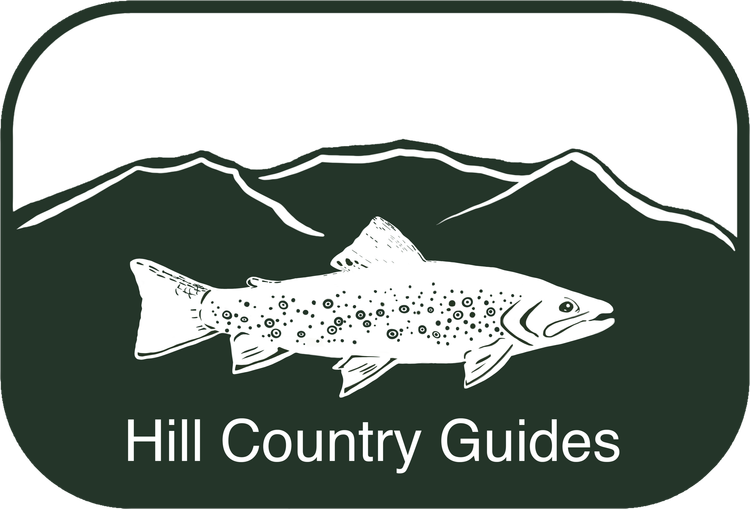Overview:
It has been far too long since we have written a report. We’ve been on the water nearly every day over the last month. Waters cooled off enough for decent trout fishing on the Androscoggin by September 1st. Granted water temps have hovered in the mid to high 60s since that time. With colder nights and days in the forecast we should finally start to see water temps drop into the lower 60’s. This will mean prime time fall trout fishing starts now with the best fishing extending well into October on our waters open after October 15th. Our smaller wild brook trout waters have also been fishing well and should until the spawn starts in mid- October. The Saco and Ellis have been challenging with low cold flow but bright streamers and the occasional and swarms have produced.
Andro:
The bite on the Andro has improved over the past week and should get better over the next few days as water temps drop into the lower 60’s. Expect Isonychia mayfly hatches of varying intensity just about every day. Hatches typically peak in the afternoons but can start earlier on warmer cloudy days. Spinner falls will occur in the early evening but only on warmer days. Fishing a size 12 or even 10 PT under a bobber or large purple haze dry fly will produce until fish are focused specifically on dries. I like using a 1/8mm tungsten bead for my dry dropper rigs in the shallower runs and a 5/32 tungsten bead for my deeper rigs.
As waters cool the streamer bite should also continue to improve. We’ve done well with woods special streamers, olive buggers and sculpin, black buggers, tan parr patterns, yellow zoo cougars, Mr. Kreepo’s in white and olive and white. Right now with lower flows a floating line with a long leader is all you need for the shallower runs while a sink tip or full sink line is still applicable in the deeper pools especially when throwing neutrally bouyant flies like the zoo cougar.
Saco
The game on the Saco is a big and bright or small and specific game this time of the year. Work on your micro midge presentations on 7X or simply throw a bright streamer on a long leader to get aggressive strikes out of weary fish. I prefer to wait for a good rain to target browns on the Saco this time of the year. The larger wild browns in the system are more likely to move for a well presented streamer when flows are up and their pre-spawn aggression kicks in. I’m always keeping an eye on the next big rainstorm to get a shot at these fish before the Saco season closes on October 15th.
Ellis/ mountain streams
Within the next two weeks the wild brook trout on the Ellis will move to spawn and become increasingly difficult to find and catch. Until that happens you can find some nice colored up fish if you cover water with a bright streamer like a Woods Special or Micky Finn.
Wild Brook Trout Waters
Our lower elevation wild brook trout streams and ponds will fish well a bit longer than the mountain streams as fish will move to spawn around mid October. Brightly colored streamers, as well as Hoppers and October Caddis dries have been producing on these waters.
Pike:
As waters cool on the Connecticut and other area pike waters these apex predators will become increasingly aggressive as they pack on weight for winter and next spring’s spawn. Expect to work hard through the day to hit the bite window by throwing large perch, trout, fallfish, and sucker patterns to Essox ambush points. Pike are notoriously moody and we have found that re-fishing the same likely water can often produce different results as these fish eat when they want to eat. So we often resist moving too far from where we KNOW there are fish in order to be in the right place at the right time. If you are interested in pursuing these heart stopping predators give us a shout and we will get you on the calendar. Prime time for pike is late October through November and even early December when conditions allow.
In Summary:
It has been another record breaking season here at Hill Country Guides! We want to thank all of you who have spent time on the water with us this year. There is still a bit of time to get out before the holidays so give us a shout if you want to fish!
Tight Lines,
Nate
Caroline with a fine Wild Bow from the Andro.
A handsome wild male brook trout caught on a small spring creek.












